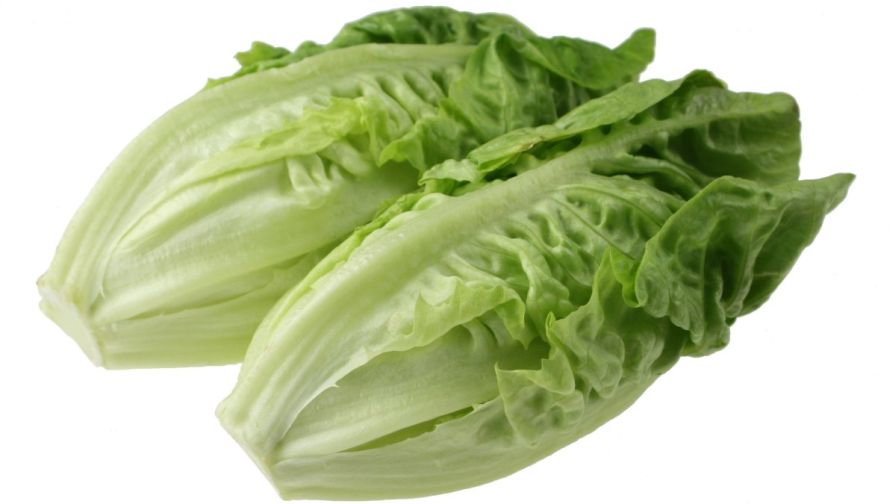Tracebacks Link One Grower to Three E. coli Outbreaks

Photo credit: Nick Youngson, NYPhotographic.com/
New traceback rules went into effect after the 2017 and 2018 series of E. coli outbreaks. Officials hoped the systems would help shed light on the typically murky investigations involved with leafy greens outbreaks.
The 2019 pre-Thanksgiving romaine outbreak stemming from Salinas (genetically linked to the 2018 and 2017 E. coli strains), and two consequent romaine-linked outbreaks, bore out some of those hopes.
(As of January 15, CDC has declared the three outbreaks are over.)
First, it allowed officials to issue a narrow recall. It included only crops coming from counties in and near the Salinas Valley. That was a major improvement on 2018, when FDA ordered a halt to romaine sales across the country, no matter its origin. Growers in regions far away from the suspected contamination faced significant losses.
Another traceback success story is the technology successfully identified a single Salinas ranch that supplied romaine involved in all three recalls.
But, at least for now, that’s the limit of the system’s success. Officials investigating the unnamed ranch cannot definitively state it is the source of the outbreaks.
Time Is Still a Factor
Investigators haven’t yet found the strain of E. coli in any of the fields where the romaine originated, the FDA said in a press release. One reason why may be due to how long it took investigators to arrive on site after the operation harvested the potentially infected romaine lettuce.
There are several reasons for the delay:
Recognizing an outbreak is slow. In these types of outbreaks, those falling ill live over several states. While doctors routinely test for food poisoning when symptoms call for it, they aren’t necessarily aware that an outbreak is underway. Their patient may be the only one they treat who has an E. coli-linked illness.
The layers of reporting take time. Naturally, health officials understand outbreaks may be widespread, so they have a system of reporting in place. But national agencies like the CDC aren’t the first point of contact. Local agencies are. And that can slow things down.
The CDC has a great infographic demonstrating why these outbreaks typically are underway for two to three weeks before they’re recognized.
Romaine is a short-lived crop. Leafy greens are not only out of the food chain quickly due to their short-shelf life, but growers’ fields have moved on as well.
FDA says that last fact is playing a factor in why it and other agencies are having trouble finding the outbreaks’ source. Crews had already plowed the fields before tracebacks flagged them as where the infected romaine originated.
Investigation Hits a Wall
At first, the traceback results looked hopeful. It successfully narrowed the search to a grower with multiple fields — and even further than that.
“We were able to narrow [the tracebacks] down further to at least 10 fields in the lower Salinas Valley,” it says in its press release.
Then they hit a barrier. Investigators took water, soil, and compost samples from these fields. So far, all test results are negative.
They did find a different strain of E. coli with no linked illnesses. But the virulent strain that caused the outbreak.
That said, investigators consider that unrelated strain a clue. They found it strain in a runoff in a buffer zone between a field where workers harvested romaine and another field where cattle occasionally graze.
But since it’s not the same strain, it doesn’t help pin down the source of contamination.
And that’s important. The 2019 strain is genetically linked to the two previous years.
“The FDA is planning to conduct an additional, in-depth, root-cause investigation,” the press release announces.









